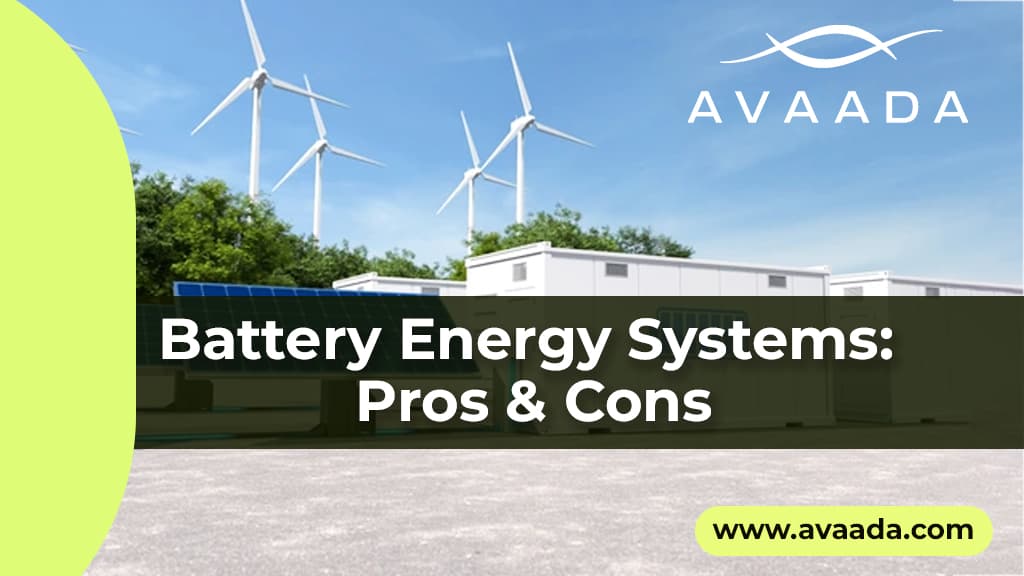As India’s population grows and energy needs surge, the country is at a critical point in its sustainable development journey. With over 1.4 billion people, India faces the challenge of providing clean, affordable, and reliable electricity to everyone. In this context, solar energy stands out as a promising solution, poised to transform the nation’s power sector and guide it toward a greener future.
The Evolution of Solar Power in India
India’s solar power sector has seen incredible growth over the past decade. From a modest 2.6 GW of installed power capacity in 2014, the country has expanded to over 85 GW by mid-2024 . This rapid increase is due to supportive government policies, falling technology costs, and a growing awareness of the environmental benefits of solar energy.
Government Support and Goals
The Indian government has set ambitious targets for renewable energy. Initially, the goal was 20 GW by 2022, achieved four years early. The target was then raised to 100 GW by 2022, but the country fell short by 40 GW due to challenges in rooftop solar installations. Now, India aims for 280 GW of solar capacity by 2030, aligning with the broader goal of reaching 500 GW of renewable energy by the same year.

The Role of Large-Scale Solar Farms
Large-scale solar farms are crucial to meeting these targets. These projects offer economies of scale, making solar power more cost-competitive with traditional energy sources. For example, Avaada Group recently secured a 1050 MWp solar project bid from the National Thermal Power Corporation (NTPC) at a tariff of USD 0.032 per kWh, highlighting the economic viability and growing confidence in India’s solar sector.
Innovations and Technological Advances
Technological advancements such as robotics are set to revolutionize the construction of solar farms. Robots are being developed to assist in installing solar panels, significantly speeding up the construction process.

These robots can work faster and more precisely than human workers, reducing labor costs and minimizing errors. In addition to robotics, AI for predictive maintenance, more efficient solar cells, and energy storage solutions are also on the horizon. These innovations will play a critical role in managing the intermittency of solar power, ensuring a stable power supply even after sunset.
Overcoming Construction Challenges
Despite its bright future, solar power energy manufacturers in India face unique challenges.
Land and Grid Issues
Land acquisition is a significant hurdle due to high population density and competing land uses. The government has set up nearly 42 solar parks to facilitate land availability, but more innovative solutions are needed. Ideas like floating solar farms on reservoirs, agrivoltaics (combining agriculture with solar panels), and using barren lands for solar installations are being explored.
Grid integration is another critical issue. As solar capacity grows, challenges related to grid stability and infrastructure emerge. Enhancing grid infrastructure and adopting robust management practices are essential to accommodate the influx of solar power.
Policy and Regulatory Concerns
Policy changes and regulatory uncertainty can deter investors. There’s a need to standardize policies and procedures across central and state governments to boost investor confidence. For example, variations in net-metering regulations and captive definitions between states complicate the regulatory landscape, creating barriers for developers.
Impact on the Indian Population
The construction of solar farms in India will have profound effects on the population. As more solar projects come online, millions of households will gain access to clean, affordable electricity, improving education, healthcare, and overall quality of life, especially in rural and underserved areas.
Economic and Employment Benefits
The solar sector is also a significant job creator, offering employment opportunities across the skill spectrum—from manufacturing and installation to maintenance and operations. This aligns perfectly with India’s young workforce, providing new avenues for employment and economic growth.
Looking Ahead: A Bright Future
The future of solar farm construction in India is not just about meeting energy targets; it’s about empowering over a billion people with sustainable energy. It’s about reducing dependence on fossil fuels, combating climate change, and creating a healthier environment for future generations.
The success of solar power manufacturing companies like Avaada Group is just the beginning. As more solar farms emerge, they will not only generate clean electricity but also power the dreams and aspirations of millions of Indians. The future of solar farm construction in India is bright, promising a sustainable, energy-secure future for the world’s largest democracy.








